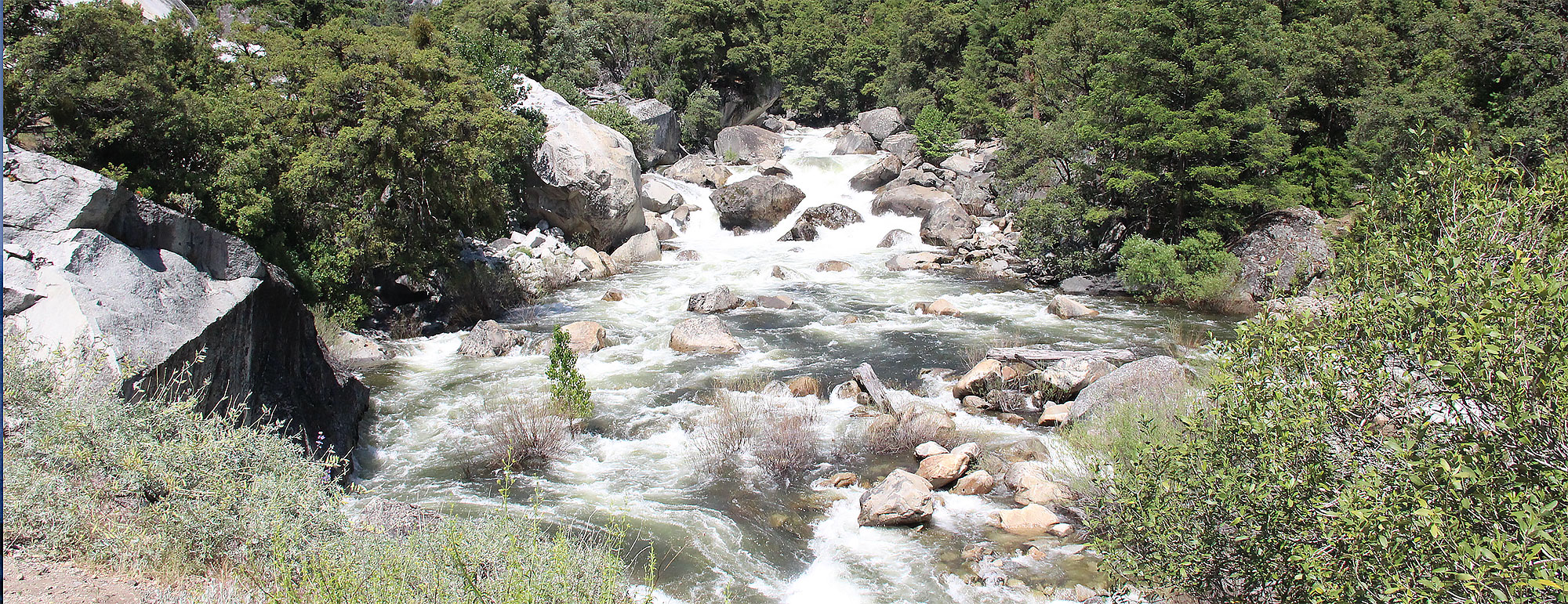The Aquatic Biodiversity, Hydrogeology, and Water Quality of Seven Springs in the Shawnee Hills of Southern Illinois
D.W. Webb†, M.J. Wetzel, and L.R. Phillippe, M.J. Wetzel, L.R. Phillippe, and M.A. Harris
Illinois Natural History Survey (INHS)
1816 S. Oak Street, Champaign, IL 61820
P.C. Reed
Illinois State Geological Survey
615 East Peabody Drive, Champaign, IL 61820
This webpage presents a summary of the first phase of a long-term project focusing on the biodiversity, hydrogeology, and water quality of springs in Illinois.
Summary
Our first intensive survey of springs in the state focused on seven spring habitats in the Shawnee Hills of southern Illinois (Gallatin, Hardin, Jackson, and Union counties). This karst region lies outside the areas of intensive agriculture, where groundwater contamination from annual applications of agricultural fertilizers and herbicides was expected to be minimal. Thus, the information obtained from these springs could be utilized as a benchmark for comparison with other springs in Illinois. Each of these springs was small in size, with low discharge rates and substrates consisting generally of sand and small gravel. Sampling was conducted bimonthly from April 1991 through April 1992 to obtain baseline data on their hydrogeology, water chemistry, and the spatial and temporal distribution of their fauna and flora.
Hydrogen ion concentrations (as pH) ranged from 6.9 to 8.0; dissolved oxygen levels ranged from 0.5 to 10.8 mg/L. Total dissolved solids ranged from 139 to 17,167 mg/L; high concentrations of total dissolved solids and chlorides were measured at Saline Spring and Salt Well Spring, both located in an area of high salinity southeast of Equality in Gallatin County. Springs in this area historically were used as salt wells by native Americans and early settlers to or passing through the Midwest. Nitrate nitrogen levels were extremely low or below the level of detection, indicating little if any contamination from agricultural runoff. Herbicide concentrations (Alachlor, Atrazine, Cyanazine, and Metolachlor) were below detection levels.
Eighty-five species of aquatic macroinvertebrates were collected from these seven springs, with an average of 27 species per spring. Old Driver Spring supported the most diverse (46 taxa) aquatic macroinvertebrate community. Non-insectan macroinvertebrates, especially flatworms (Platyhelminthes, Turbellaria) and scuds (Crustacea, Amphipoda), dominated this fauna and were species common to most small surface streams in the Shawnee Hills. Aquatic worms (Annelida, Oligochaeta) (24 species) represented the most diverse faunal group observed during this study, with Varichaetadrilus angustipenis (Family Tubificidae) – rarely collected in Illinois and with a limited distribution in North America – recorded from six of the springs. Another oligochaete worm, Allonais inaequalis (Family Naididae), collected from Old Driver and Salt Well springs, was the most interesting of all the species collected during this study; this species (initially identified as A. paraguayensis) previously was known only from a few other localities in North America. Only a few aquatic insects were collected; when present, they seldom were in abundance. Although the water quality of these springs in the Shawnee Hills is high, the diversity of the aquatic macroinvertebrates is considered low but stable.
The project report to the funding agency supporting this research is entitled:
> Webb, D. W., P. C. Reed, and M. J. Wetzel. 1992. Springs of Illinois. Report submitted to the Illinois Nature Preserves Commission, Springfield. 45 pp.
The results of this study were subsequently published in:
> Webb, D.W., M.J. Wetzel, P.C. Reed, L.R. Phillippe, and M.A. Harris. 1995. Aquatic biodiversity of Illinois springs. Journal of the Kansas Entomological Society 68(2)Suppl.: 93-107.
Questions, Comments, Suggestions, or Ideas?
Please e-mail them to me at: mjwetzel{AT}illinois.edu
Copyright © 1990 – 2023, by Mark J. Wetzel (Illinois Natural History Survey Division of Biodiversity and Ecological Entomology, Champaign) unless otherwise noted; All Rights Reserved. This website contains original, copyrighted material; it is being provided here as a professional courtesy, exclusively for your private, non-commercial use. Reference to or redistribution of any part of the information contained herein – whether it be through oral, printed, electronic, or other tangible medium of expression – shall acknowledge the Illinois Natural History Survey (INHS), the Illinois State Geological Survey (ISGS), The Illinois Department of Natural Resources, and this website as its source. Should you have any questions whatsoever regarding the warranty, liability, or proprietary rights of, or credits for information contained within this website, please refer to the INHS License Agreement. [To the best of my knowledge – and with the exception of the INHS logo – all icons, line breaks, dots, arrows, and globes are not copyrighted.]
Suggested citation for this webpage:
Webb, D.W., M.J. Wetzel, P.C. Reed, L.R. Phillippe, and M.A. Harris. 2023. The aquatic biodiversity, hydrogeology, and water quality of seven springs in the Shawnee Hills of southern Illinois – Project Summary. World Wide Web URL:
[https://mjwetzel.inhs.illinois.edu/research/springs-of-illinois/phase-1-springs-of-illinois/]. 07 April 2023.
Please also visit our institutional websites:
Illinois Natural History Survey
and the
Illinois State Geological Survey

